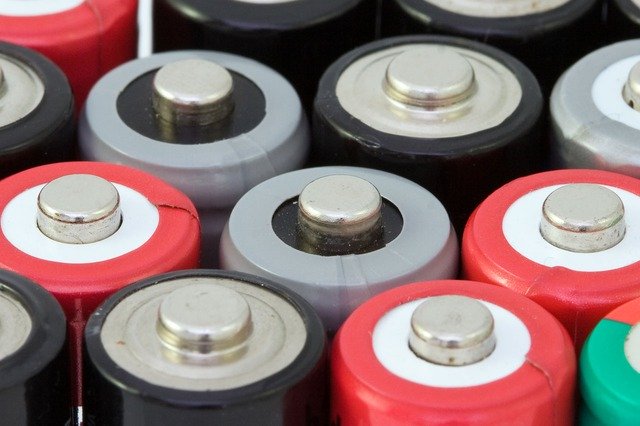Though small in size, batteries play an outsized role in today’s society, powering everything from smartphones to electric cars. And as the world’s population continues to grow, so too will the need for batteries, which will likely lead to some thorny issues. Improper disposal of lithium-ion batteries can harm humans and wildlife alike, since those batteries leach off toxic chemicals and metals over time. In addition, today’s battery production process tends to be cost-ineffective.
Aluminum batteries can address both problems, as their material costs and environmental footprint are significantly smaller than those of traditional batteries.
While aluminum batteries have been around for some time, the current incarnation contains a carbon-based anthraquinone instead of the graphite-based cathode. With this new carbon-based method, the electrons are absorbed by the cathode as the energy is consumed. This helps increase energy density, one of the key reasons aluminum batteries are a more cost-effective and environmentally friendly solution than lithium-ion batteries, which have grown in popularity with the advent of electric cars.
And while such batteries can be recycled, it is “not yet a universally well-established practice,’’ as Linda L. Gaines of Argonne National Laboratory told Chemical & Engineering News. The recycling rate of lithium-ion batteries in the U.S. (and the European Union) is about five percent, according to that same outlet, and it is projected that there will be two million metric tons of such waste per year by 2030.
That is a potentially staggering problem, and a far greater one than that which is presented by traditional alkaline batteries, which were hazardous to the environment when they contained mercury but now only contain elements that naturally occur in the environment, like zinc, cadmium, manganese and copper.
Aluminum batteries, then, are a safe alternative to lithium-ion batteries. They are also safer in another way, as they tend to exhibit lower flammability. The inertness property of the element and the ease of handling in ambient conditions also help in this regard.
Another benefit is that by gradually replacing lithium-ion batteries with their aluminum counterparts, lithium mining — a process that results in toxic chemicals leaking into the environment, leading to large-scale contamination of air, water, and land — can be curtailed. Aluminum batteries are also a viable replacement for cobalt-based batteries, which carry with them their own environmental concerns.
Lithium mining also tends to use a ton of water, roughly 500,000 gallons to extract a ton of lithium. While mining bauxite, the raw material from which aluminum is refined, also involves the use of water and energy, the resource requirements are less.
That said, aluminum batteries are yet to be the perfect alternative to other less sustainable types of batteries being used today. Compared to lithium, they are only half as energy-dense. Scientists and researchers are looking for ways to improve the electrolyte mix and charging mechanisms.
Overall though, aluminum is a significantly more practical charge-carrier when compared to lithium, due to its multivalent property. This means that every ion can be exchanged for three electrons, thus allowing up to three times greater energy density.
